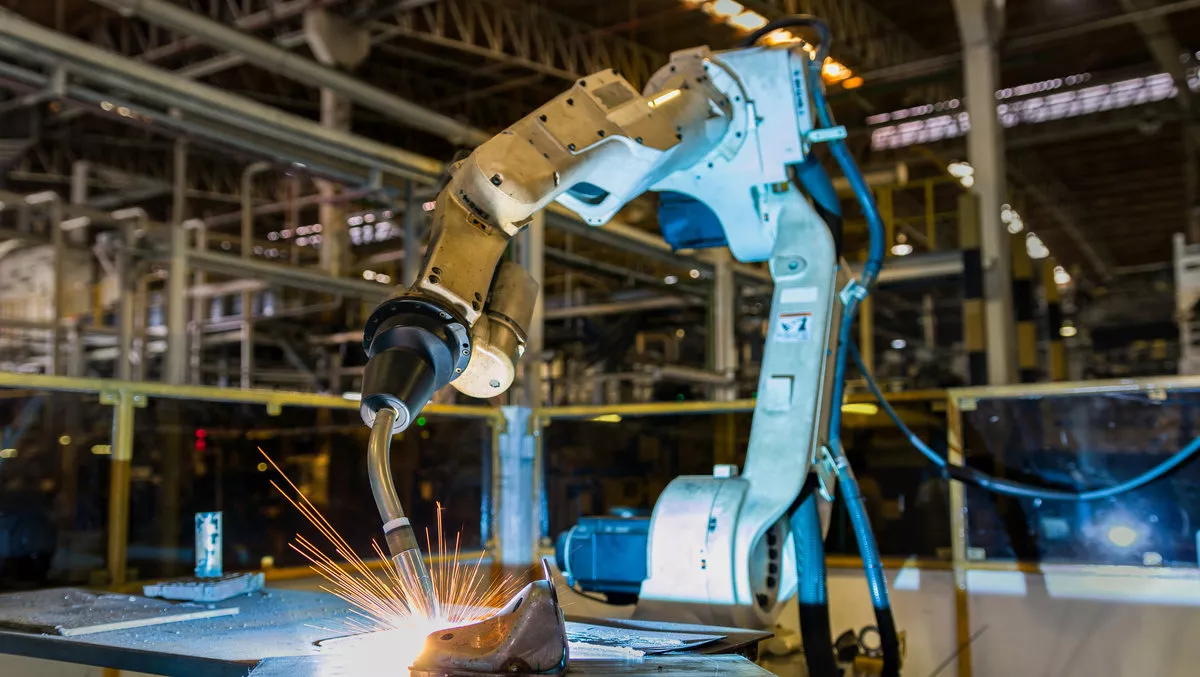
Opportunity growing in cyber-physical system market
The global cyber-physical system market is expected to witness a CAGR of 8.7% during the period 2018 – 2028, according to a report by Future Market Insights titled "Cyber-Physical System Market: Global Industry Analysis (2013-2017) and Opportunity Assessment (2018-2028)."
Cyber-physical systems are those that include networked computers that control and monitor mechanical devices, such as those found in automated factories, autonomous vehicles or medical monitoring devices.
The market was worth US$55 million in 2017 and is likely to reach a valuation of US$137.5 million by the end of 2028.
With the lowering prices of devices such as sensors, several medium and small scale manufacturers and plant owners are shifting their focus towards the deployment of cyber-physical systems in order to convert them into smart factories.
These type of cyber-physical systems not only help in eliminating errors that occur due to human intervention but also decrease the overall operational and production costs of a plant.
It is always wise to invest in the latest technology instead of being a laggard in terms of technology adoption and so both developed and developing countries are adopting smart technologies to enable a seamless work experience.
With this, the demand for cyber-physical systems is also gaining traction across the globe, compelling service providers and vendors to collaborate with solution providers and integrate various communication platforms in order to push the implementation of cyber-physical systems.
The core strategies that several cyber-physical system providers are implementing include investment in research and development, and partnerships with research organisations for product development.
Some of the companies operating in the global cyber-physical system market are Dell EMC, Hewlett Packard Enterprises, IBM Corporation, VMware Inc., SAP SE, Schneider Electric, and Oracle.
The principal components of a cyber-physical system are storage units, sensors, computing unit, software, and actuators.
The declining prices of sensors reduce the overall cost associated with the system, which makes it achievable for small- and medium-sized enterprises.
This, in turn, drives the adoption and application of cyber-physical systems across various industries.
Furthermore, the growing economy of several developing economies is benefiting the adoption of cyber-physical systems across the globe.
The core factor limiting the growth and adoption of cyber-physical systems is the lack of security associated with these systems.
As any type of system is linked with the cloud, it becomes susceptible to cyber-attacks and data breaches.
Moreover, the change from a closed system to an open system has further made way for this risk.
As the application of cyber-physical systems is in industries such as manufacturing, healthcare, and automotive, among others, it comprises valuable data and information that could lead to a catastrophe under a data attack.
Consequently, with the threat of compromising critical data, many industries are hesitant in adopting cyber-physical systems, which could restrain market growth.


